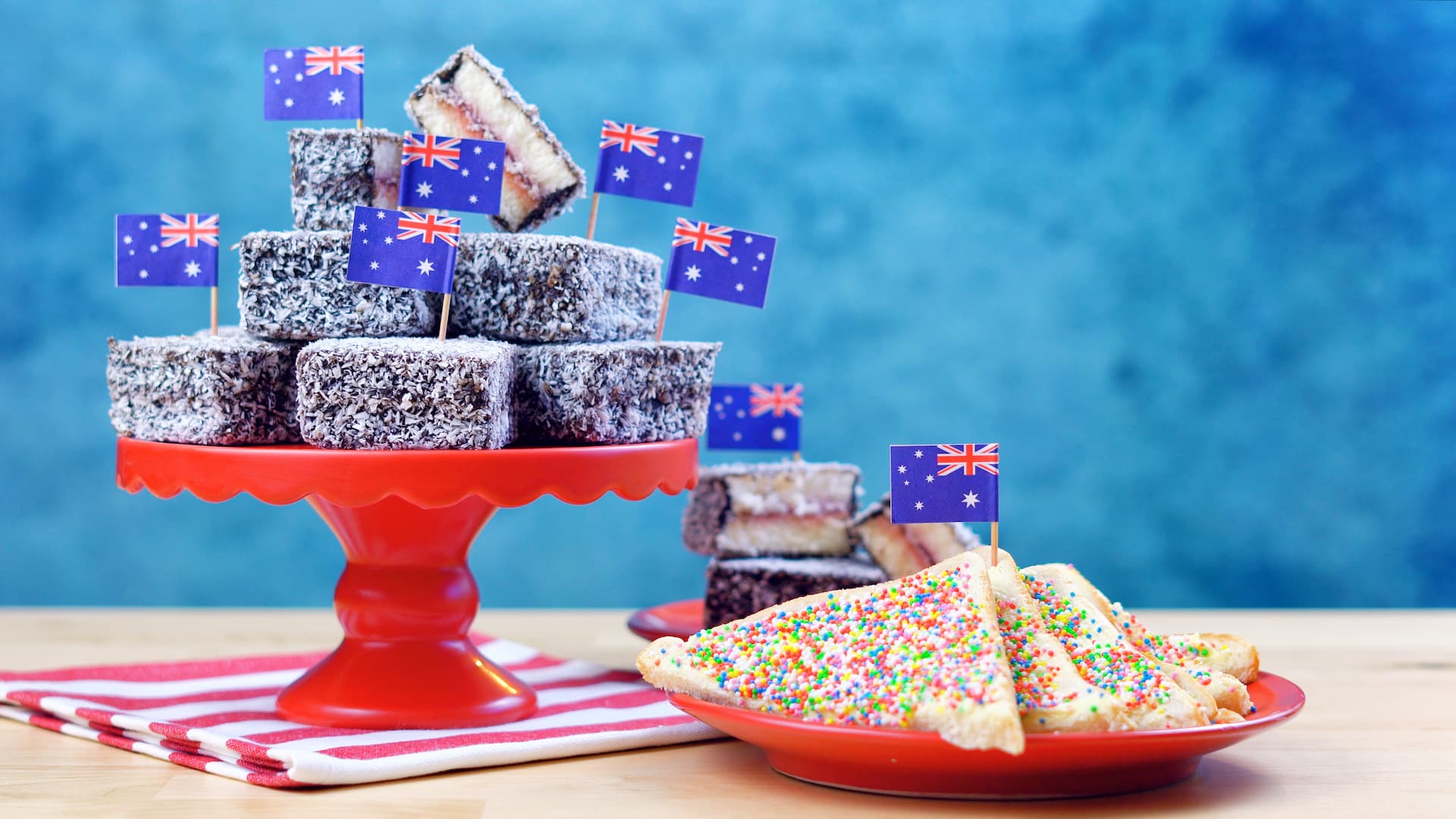Australian food culture is a rich, ever-evolving mosaic that reflects the country’s unique geography, multicultural society, and Indigenous heritage. From ancient bush tucker traditions to the latest in food tech innovation, the Australian table tells a powerful story of history, migration, regional identity, and modern creativity. At its core, it is a culture that embraces diversity, celebrates local produce, and constantly reinvents itself—whether in the bustling laneways of Melbourne, the remote outback towns of the Northern Territory, or the tropical food stalls of Queensland.
The journey of Australian food culture begins with the wisdom of Aboriginal Australians, who for over 65,000 years have cultivated an intimate relationship with the land. Foods such as wattleseed, finger lime, and kangaroo were part of a sophisticated system of seasonal gathering. Today, restaurants like Attica have elevated bush tucker into fine dining, while organisations like ANFAB work to promote native ingredients globally.
European colonisation introduced staples like roasts, meat pies, and afternoon tea, reshaping local diets. But it was the post-war immigration wave—Italians, Greeks, Lebanese, Vietnamese, and Chinese—that transformed Australian cuisine into one of the most multicultural in the world. In cities like Melbourne, home to over 250 language communities, you’ll find everything from authentic Neapolitan pizza at 400 Gradi to fresh pho at Pho Hung Vuong. The diversity continues to thrive with the support of culinary institutions like TAFE NSW, which train a new generation of chefs in global cuisine.
Modern dining in Australia is just as likely to take place in a chic brunch café as it is under the stars at a food truck festival. The café culture, especially in cities like Sydney and Melbourne, is a national obsession. Dishes such as smashed avocado, acai bowls, and oat lattes dominate menus at trendsetting cafés like Industry Beans. Meanwhile, the rise of sustainable and plant-based dining has been embraced by venues like Smith & Daughters, a fully vegan eatery that has made waves across the country.
Regional diversity is another pillar of Australian food culture. Tasmania’s artisanal cheeses and wines, Queensland’s tropical fruits and seafood, and the Northern Territory’s Indigenous bush meats all highlight the bounty of the land and sea. Food trails and festivals have grown in popularity, with events such as Tasting Australia and Truffle Kerfuffle drawing both locals and global food lovers to experience regional specialties.
Today, digital technology and social media are also reshaping how Australians eat. Platforms like Uber Eats, Menulog, and DoorDash bring global flavours to every doorstep, while Instagram drives trends from charcoal lattes to edible flowers. Australian food culture, as promoted by institutions like Good Food and Gourmet Traveller, is now global in scope but proudly local at heart.
From Bush Tucker to Fine Dining: The Evolution of Australian Cuisine
Indigenous Roots: Bush Tucker and Ancient Traditions
Long before European settlement, Aboriginal Australians cultivated a rich culinary heritage spanning over 65,000 years. Bush tucker, which includes ingredients like kangaroo, wattleseed, finger lime, and bunya nuts, forms the bedrock of Australian food culture. Today, more than 6,000 known native foods are used by First Nations people. According to the Australian Native Food and Botanicals (ANFAB), over 13% of restaurants in major cities now incorporate bush ingredients.
Colonial Influence: British Fare in a New Land
With colonisation came the introduction of European ingredients and cooking styles. Classic British dishes such as meat pies, roasts, and fish and chips became staples. By the mid-19th century, over 80% of Australia’s diet mirrored British cuisine, heavily relying on lamb, potatoes, and tea. Yet, these items were gradually blended with local produce, marking a pivotal shift in Australian food culture.
Post-War Migration and Culinary Enrichment
The arrival of immigrants post-World War II brought Italian, Greek, and Eastern European cuisines into the mainstream. Today, over 29% of Australians are born overseas, influencing what we eat. A 2022 report by Food Innovation Australia Ltd. (FIAL) highlighted that Mediterranean dishes are present in over 40% of Australian households.
Asian Fusion: A Contemporary Staple
Since the 1970s, Asian migration—especially from China, Vietnam, and Thailand—has redefined dining in cities like Sydney and Melbourne. From Thai green curries to Japanese sushi trains, Asian flavours are integral to Australian food culture. The Australian Bureau of Statistics notes that over 3.2 million Australians have Asian ancestry, greatly impacting restaurant offerings.
Rise of the Australian Fine Dining Scene
Globally acclaimed chefs like Peter Gilmore and Ben Shewry have taken native ingredients to new gastronomic heights. As of 2024, Australia is home to 17 Michelin-calibre restaurants. Fine dining increasingly draws from native traditions, showcasing how Australian food culture bridges past and future.
Television and Celebrity Chefs Shaping Tastes
Programs like MasterChef Australia have sparked a nationwide interest in creative home cooking. Nielsen ratings indicate that over 1.2 million Australians watch culinary shows weekly, making TV a major force in shaping national taste and Australian food culture.
Farm-to-Table Movement and Local Pride
Modern Australian cuisine celebrates local produce, sustainability, and transparency. According to the CSIRO, 82% of Australians prefer to buy locally grown food. Farmers’ markets now number over 600 nationwide, feeding a growing appetite for authentic, locally sourced cuisine.
Multicultural Flavours: The Global Tastes Shaping Aussie Plates
The Italian Influence: Pasta, Pizza, and Beyond
Italian migrants brought espresso, risotto, and pasta to Australia’s culinary landscape. As of 2023, over 1 million Australians claim Italian heritage. Today, Italian restaurants make up 17% of Australia’s dining scene, with chains like Vapiano and family-owned trattorias fuelling Australian food culture.
Greek Flavours and the Soul of the Suburbs
Greek cuisine—think souvlaki, moussaka, and baklava—has a stronghold in cities like Melbourne, home to the largest Greek population outside Greece. In 2023, there were over 450 registered Greek eateries in Victoria alone, deeply integrating Mediterranean zest into Australian food culture.
Middle Eastern Aromas in Urban Dining
The rise of Lebanese and Turkish cuisine, particularly in Sydney’s western suburbs, has added spice and warmth. Data from Roy Morgan (2023) shows that hummus, falafel, and kebabs are among the top five most consumed takeaway foods nationwide.
South Asian Curries and Street Food Appeal
With over 700,000 Australians claiming Indian heritage, curries, dosas, and chai are now mainstream. Uber Eats’ 2024 data ranks Indian food as the second most ordered cuisine in Australia, trailing only behind pizza, making it a vibrant part of Australian food culture.
East Asian Staples: Rice, Noodles, and Sushi Rolls
Chinese-Australians number over 1.2 million, and Japanese and Korean cuisines continue to grow. Sushi rolls are a lunchtime staple, with over 500 sushi outlets across the country. Korean BBQ and ramen chains also thrive, blending traditional flavours with local twists in Australian food culture.
Latin American Sizzle: Tacos and Empanadas
Mexican and Brazilian restaurants have multiplied, especially in Sydney and Brisbane. Market research firm IBISWorld reported a 9.3% annual growth in Latin American eateries since 2019, reflecting shifting consumer tastes toward spicy and bold flavour profiles.
Fusion Cuisine: Where Worlds Collide Deliciously
Fusion dishes—like kimchi tacos or kangaroo gyoza—epitomise culinary creativity. Restaurants such as Chin Chin in Melbourne and Firedoor in Sydney specialise in cross-cultural menus. The rise in fusion underscores Australian food culture’s reputation as a playground of global tastes.
Coastal Bites and Outback Delights: Regional Food Adventures
Seafood Extravaganza on the East Coast
Australia’s 59,000 km of coastline provides bountiful seafood. Queensland prawns, Sydney rock oysters, and Tasmanian salmon dominate menus. The Australian Fisheries Management Authority (AFMA) estimates that seafood consumption hit 18.7 kg per person in 2022, reflecting the maritime side of Australian food culture.
Outback Meats and Bush Feasts
Inland Australia celebrates meats like kangaroo, emu, and camel. Over 40% of Northern Territory restaurants include bush meats. Embracing these sustainable proteins aligns with Indigenous practices and showcases a lesser-known side of Australian food culture.
Tropical Tastes of Far North Queensland
Mangoes, passionfruit, and barramundi thrive in FNQ’s tropical climate. The annual Bowen Mango Festival attracts over 8,000 visitors, celebrating the region’s iconic crop and tropical cuisine.
Tasmanian Specialties and Gourmet Producers
Known for cool-climate wine and dairy, Tasmania excels in artisanal food. With 230+ licensed cheese makers and global awards for its sparkling wine, Tasmania leads in quality-driven regional flavours. Tourism Tasmania reports food tourism contributes $1.2 billion annually.
Victoria’s Gourmet Trail: From Yarra to Great Ocean
Victoria offers a dense concentration of wineries, bakeries, and truffle farms. The Yarra Valley alone accounts for over 20% of Australia’s wine exports. With over 150 food and wine events annually, the region is a pillar of Australian food culture.
The West’s Indian Ocean Bounty
Western Australia’s seafood, including lobster from Geraldton and barramundi from Broome, is prized globally. WA exported over $1.3 billion worth of seafood in 2023. Fremantle and Perth are coastal hubs rich in fish markets and ocean-to-plate dining.
Local Markets and Food Festivals Across Regions
From Adelaide’s Central Market to Darwin’s Mindil Beach Sunset Market, every region celebrates its produce. More than 10 million Australians visit local food festivals annually, reflecting a national passion for regional and seasonal fare in Australian food culture.
Modern Aussie Eats: Trends, Cafés, and Culinary Innovation
The Brunch Obsession: A National Pastime
Aussies spend over $14 billion annually on café dining, with brunch accounting for a significant chunk. Dishes like smashed avocado and flat whites are global icons. According to Café Pulse, 68% of urban Australians eat brunch out at least once a week—an integral ritual in Australian food culture.
Plant-Based and Ethical Dining Choices
With over 2.5 million Australians identifying as vegetarian or vegan, plant-based dining is booming. Brands like Fable and v2food are pioneering alt-meat innovation. The Good Food Guide 2024 lists more than 300 fully plant-based restaurants across the country.
Sustainable Food Tech and Innovation
Australia is home to 120+ agri-food startups focusing on sustainability and tech. From vertical farms in Melbourne to cell-based meat research in Sydney, technology is reshaping Australian food culture with environmentally conscious solutions.
Craft Beer and Artisan Beverages
The craft beer industry grew by 6.2% annually from 2018–2023. Australia now boasts over 650 independent breweries, according to the Independent Brewers Association. Locally crafted beverages—from kombucha to gin—are now a cornerstone of the modern palate.
Food Delivery and the Digital Plate
In 2023, food delivery apps generated over $2.7 billion in revenue. With 36% of Australians ordering food online weekly, apps like DoorDash, Uber Eats, and Menulog are transforming access to global cuisines and impacting Australian food culture.
Café Culture: Where Coffee Meets Community
Australia has a strong café scene driven by specialty roasters and community hubs. Melbourne alone has over 1,600 cafés. The Specialty Coffee Association reports that 95% of Australians drink coffee, with flat white being the most preferred style nationwide.
Instagrammable Dishes and Social Dining
Food aesthetics now influence dining habits, with over 4 million #aussiefood posts on Instagram. From rainbow lattes to edible flowers, visual appeal drives modern choices. Social media not only reflects but also amplifies trends in Australian food culture.




